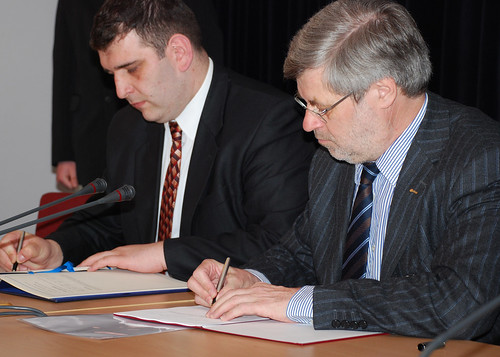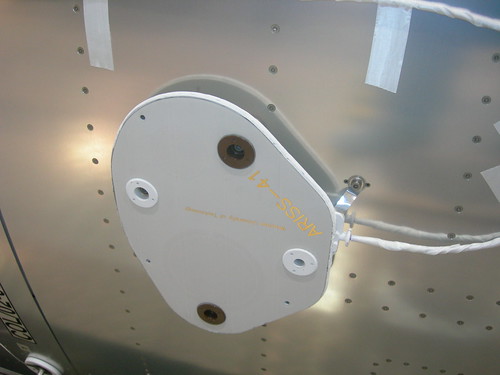Mars Madness is Building
Thursday, May 15th, 2008Mars Madness is on the rise in Tucson, the Arizona Daily Star reports. That’s because on May 25th, NASA’s Phoenix Mars Lander is scheduled to touch down on the red planet. The event is significant in Tucson because the University of Arizona’s Lunar and Planetary Lab team is leading the mission’s science and built some of the instruments.
But the fever is spreading well beyond Arizona for this risky mission:
Fewer than half of attempts to land on Mars have succeeded, but planetary scientists leading the Phoenix Mars mission are cautiously optimistic. So far, all looks good, they say.Public events to celebrate the landing are planned for at least 110 sites around the world, including London and Paris. There’s even a virtual landing bash planned, in Second Life, which is a virtual social world on the Internet.
Just how risky and difficult is it to put a lander on the surface of Mars? To answer that question, check out this excellent video from NASA’s Jet Propulsion laboratory. (NASA has done a fantastic job promoting the mission and landing in the style of a summer movie blockbuster):
The Phoenix Mars Mission website provides additional detail:
At 125 km (78 miles) above the surface, Phoenix will enter the thin martian atmosphere. It will slow itself down by using friction. A heat shield will protect the lander from the extreme temperatures generated during entry. Antennas located on the back of the shell which encases the lander will be used to communicate with one of three spacecraft currently orbiting Mars. These orbiters will then relay signals and landing info to Earth.
After the lander has decelerated to Mach 1.7 (1.7 times the speed of sound), the parachute is deployed. Shortly after the parachute is deployed, the heat shield is jettisoned, the landing radar is activated, and the lander legs are extended. The lander continues through the Martian atmosphere until it comes within 1 km (.6 miles) of the Martian surface. At this point, the lander separates itself from the parachute. It then throttles up its landing thrusters and decelerates.
When Phoenix is either at an altitude of 12 m (39 ft) or traveling at 2.4 m/s (7.9 ft/s), the spacecraft begins traveling at a constant velocity. The landing engines are turned off when sensors located on the footpads of the lander detect touchdown.
As we’ve mentioned, only half of all international attempts to land on Mars have succeeded. Back in 1999, the Mars Polar Lander (MPL) went missing as it entered Mars’s atmosphere, and its fate has been a mystery ever since. But now there is a chance for a member of the public to locate the missing spacecraft and help work out what went wrong, thanks to a new "Spot the Spacecraft" challenge:
The High-Resolution Imaging Science Experiment (HiRISE), based at the University of Arizona in Tucson, has a raft of images of the MPL’s projected landing area, but scans of the huge images came up blank.
So now, the HiRISE team’s blog has published 18 images, and has challenged the public to find the lost lander.
Can you find the MPL? The images can be viewed here.
We’ll report more on the landing of the Phoenix Mars Lander after the 25th.














